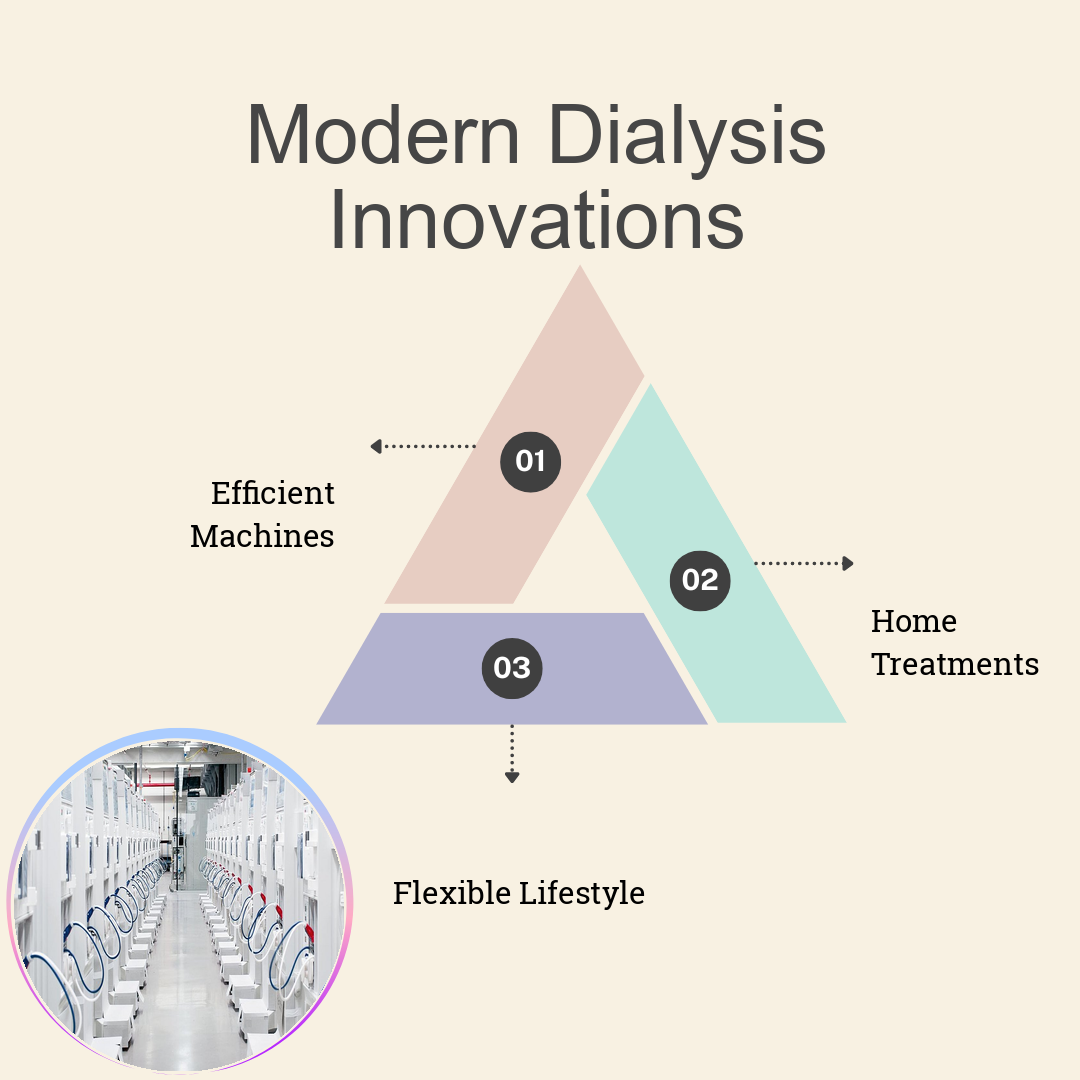A lot of people have questions about dialysis. They want to know what it is, why it matters, and how it works. Dialysis is critical for individuals whose kidneys aren’t functioning properly. It’s important because it helps balance the body’s fluids and removes waste. If you’re looking to learn more, this guide will walk you through all the essentials.
What is Dialysis and Why is it Necessary?
Dialysis is a medical treatment that keeps your body in balance by cleaning your blood. It comes into play when kidneys can’t do their job. Your kidneys filter and clean the blood, removing waste and extra fluids from your body. After the kidneys fail, dialysis steps in to perform those critical tasks.
Let’s take a quick trip into history. Dialysis has been around for decades and plays a significant role in saving lives. It was first introduced in the 1940s and has since become a staple in treating kidney-related issues. Before this invention, there weren’t many options, and patients faced tough odds. Dialysis changed everything, giving people with kidney failure a lifeline.
The necessity of dialysis arises primarily in cases of kidney failure. This condition means your kidneys can’t clean your blood well. It might also be necessary for other renal conditions that affect kidney function. Dialysis helps in such cases by removing waste products and maintaining safe levels of chemicals in your blood, like potassium and sodium.
If doctors suggest dialysis for someone, it’s usually because their kidneys have lost most of their function. Without it, harmful waste products and excess fluid build up in the body, which can be dangerous. Regular treatments help manage these problems, allowing patients to live longer and healthier lives.
Types of Dialysis Treatment
There are several types of dialysis treatments, each working differently to help your body. The main types include hemodialysis, peritoneal dialysis, and continuous renal replacement therapy (CRRT).
First, let’s talk about hemodialysis. This procedure involves an external machine that helps filter blood outside the body. Patients usually visit a clinic a few times per week, though it can also happen at home if conditions allow. The process takes about three to four hours per session.
Next is peritoneal dialysis. Unlike hemodialysis, this happens internally. A special fluid is introduced into the belly through a catheter. The membranous lining of your stomach acts as a natural filter, and the fluid draws out waste from the blood.
Finally, continuous renal replacement therapy (CRRT) is much like hemodialysis but slower and continuous. This treatment often occurs in hospital settings, especially for critically ill patients, because it is more gentle on the body.
The Dialysis Journey: What to Expect?
Starting on dialysis treatment can feel overwhelming, but understanding the journey is important. Preparations begin before the first session. Doctors create an access point, often a fistula in the arm, to connect with the machine.
A typical dialysis session involves several steps. First, you’ll sit in a comfy chair while the machine connects to your access point. For hemodialysis, your blood travels through the machine, gets cleaned, and returns to your body.
Each session is an opportunity to relax, read, or watch TV, as it is often several hours long. After the session, it’s important to rest and hydrate appropriately.
Coping with Dialysis: Emotional and Lifestyle Aspects
The emotional aspect of living with dialysis can be challenging. It’s common to feel stressed, anxious, or even sad. Recognizing and managing these feelings is crucial, and many find help through therapy or support groups.
Living with dialysis often requires lifestyle adjustments. Diet plays a big role; patients may need to limit intake of certain fluids, salts, and potassium-rich foods. Regular, gentle exercise can also be beneficial, though it’s best to consult with a doctor to tailor activities.
Social activities might need adjustments too, but it’s vital to stay connected with friends and family. Keeping a normal social life helps maintain emotional health.
Support networks are invaluable. Many organizations offer resources and assistance to dialysis patients and their families. Finding a community can make the journey easier.
Innovations and Community Support in Dialysis
Dialysis technology is constantly improving, making treatments more comfortable and effective. Modern machines are more efficient, and some even allow for home dialysis, providing flexibility to fit lifestyle needs.
Expanding access to dialysis is also a growing focus. Many communities strive to ensure treatments are available to everyone, especially in underserved areas. Access to dialysis can greatly increase quality of life and survival rates for patients.
Resources and support networks play a huge role in helping patients and caregivers. Many communities have support groups and counseling to offer guidance and emotional support, ensuring nobody faces the journey alone.
By understanding the importance of dialysis, knowing what to expect, and exploring the support available, patients and families can feel more empowered and prepared. Though the road may be challenging, connecting with others and staying informed can make a world of difference.

